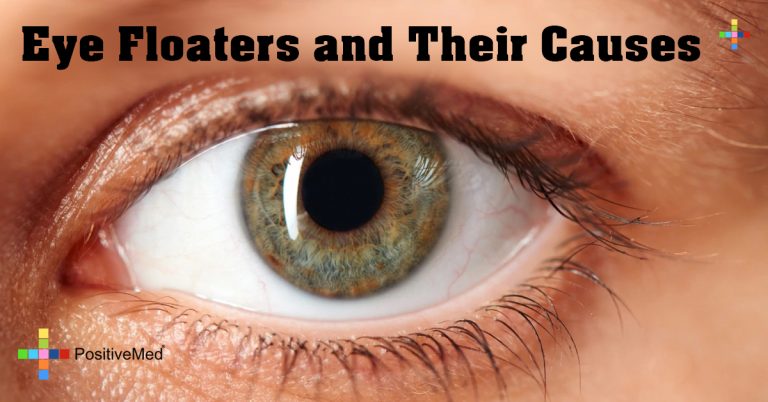


These scattered pieces block some of the light passing through the eye. Over time, it liquifies and contracts - a process that causes it to pull away from the eyeball's inside surface.Īs the vitreous changes, collagen fibers within the vitreous form clumps and strings. The vitreous fills the space in your eye between the lens and retina and helps the eye maintain its round shape.Īs you age, the vitreous changes. The vitreous is a jelly-like substance made primarily of water, collagen (a type of protein) and hyaluronan (a type of carbohydrate). Retinal detachment is often accompanied by flashes and floaters in your vision.Įye floaters may be caused by vitreous changes related to aging or from other diseases or conditions:Īge-related eye changes. Retinal detachment describes an emergency situation in which a thin layer of tissue (the retina) at the back of the eye pulls away from the layer of blood vessels that provides it with oxygen and nutrients. This is a sight-threatening condition that requires immediate attention. These painless symptoms could be caused by a retinal tear, with or without a retinal detachment. Darkness on a side or sides of your vision (peripheral vision loss).A gray curtain or blurry area that blocks part of your vision.Flashes of light in the same eye as the floaters.Small shapes or strings that eventually settle down and drift out of the line of visionĬontact an eye specialist immediately if you notice:.Spots that are most noticeable when you look at a plain bright background, such as a blue sky or a white wall.Spots that move when you move your eyes, so when you try to look at them, they move quickly out of your line of vision.Small shapes in your vision that appear as dark specks or knobby, transparent strings of floating material.These can be symptoms of an emergency that requires prompt attention. If you notice a sudden increase in eye floaters, contact an eye specialist immediately - especially if you also see light flashes or lose your vision. Scattered clumps of collagen fibers form within the vitreous and can cast tiny shadows on your retina. Most eye floaters are caused by age-related changes that occur as the jelly-like substance (vitreous) inside your eyes liquifies and contracts. Floaters appear to dart away when you try to look at them directly. They may drift about when you move your eyes. They may look to you like black or gray specks, strings, or cobwebs. The shadows you see are called floaters.Įye floaters are spots in your vision. These scattered pieces cast tiny shadows onto your retina. When this happens, microscopic collagen fibers in the vitreous tend to clump together. Most eye floaters don't require treatment, but your eye doctor likely will recommend regular eye exams to ensure the condition doesn't worsen.įor the Mayo Clinic Newsnetwork, I'm Jason Howland.As you age, the vitreous - a jelly-like material inside your eyes - liquifies and contracts. Howland: And that can cause blindness, which is why it's especially important to have a dilated eye exam within days of noticing new floaters or changes in vision.

Khan: If a tear develops in the retina, fluid can get in underneath that tear and just lift the retina off like wallpaper off a wall and that's a retinal detachment. The biggest concern – they can cause retinal tears.ĭr. Howland: Eye floaters are more common as you get older and if you're nearsighted. Those smaller pieces are what you may notice as floater. As we age, this firm clump of jelly can liquefy and break up into smaller pieces. Jason Howland: Having vision problems? Do you see black or gray specks, strings or cobwebs that drift about when you move your eyes? It could be eye floaters.Īmir Khan, M.D., Consultant, Ophthalmology, Mayo Clinic: In the back of our eyes, we have a substance called "the vitreous." When we're young, it's a firm clump of jelly.


 0 kommentar(er)
0 kommentar(er)
